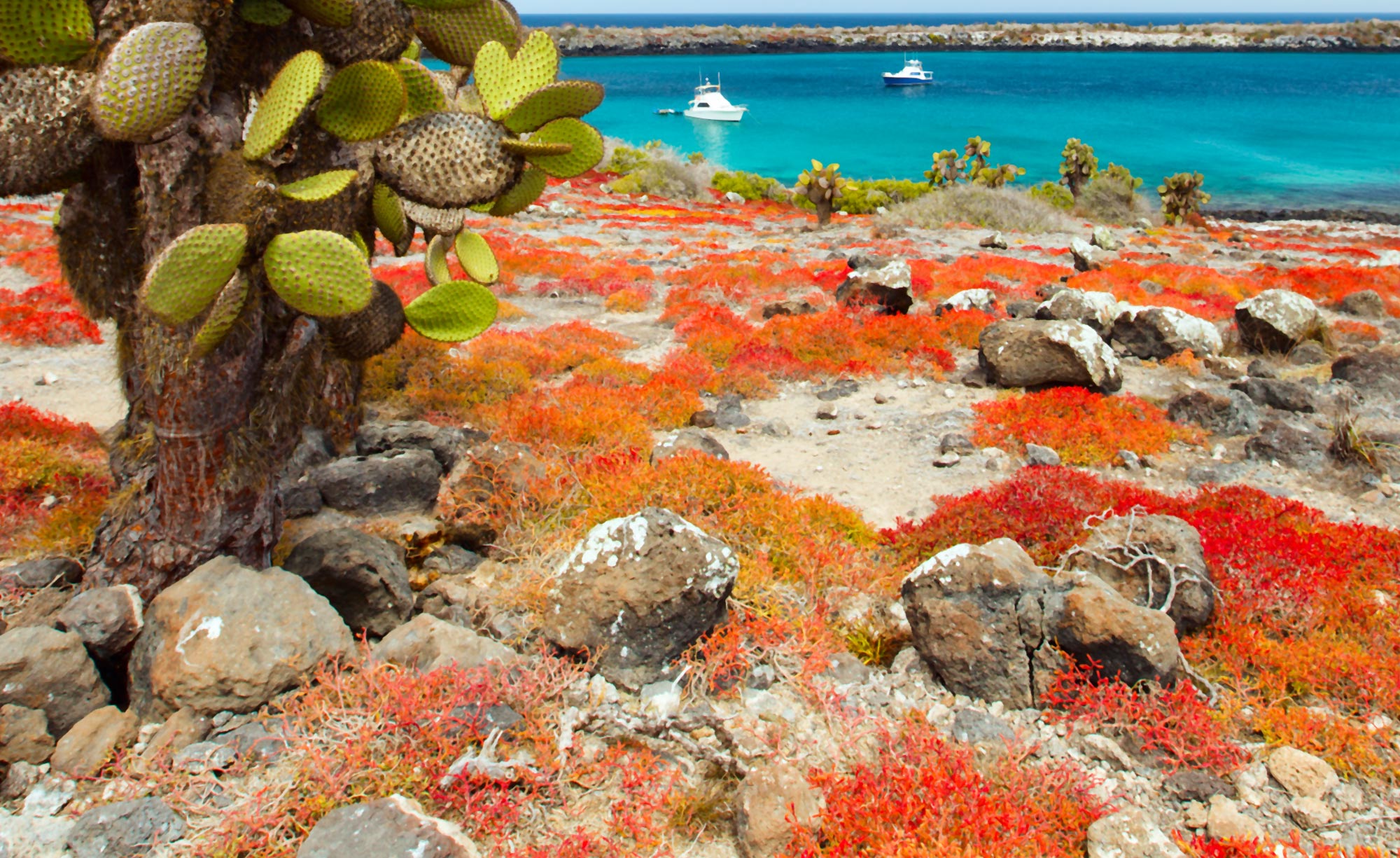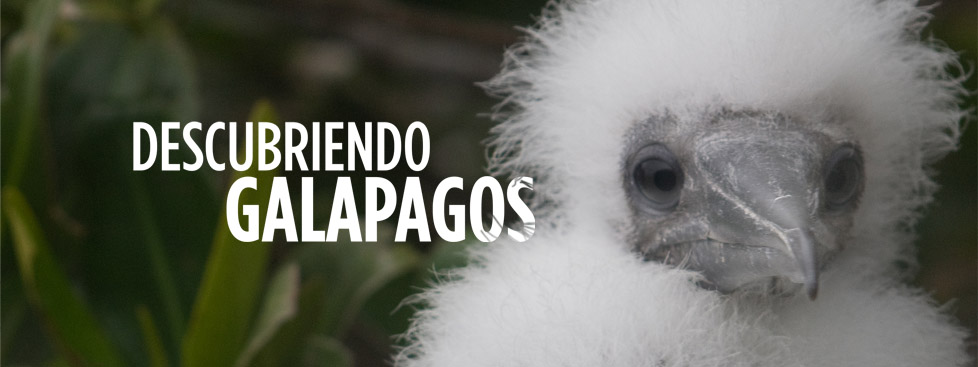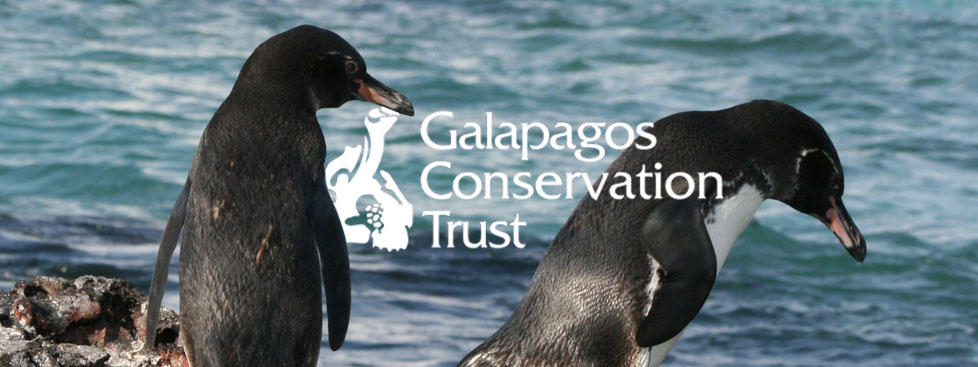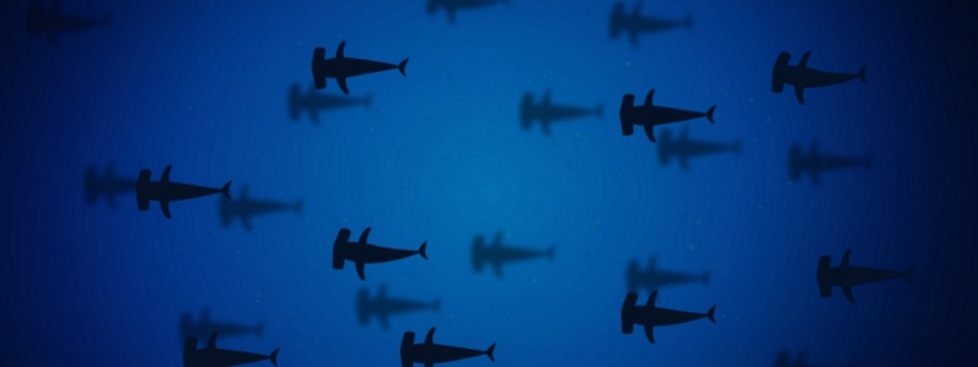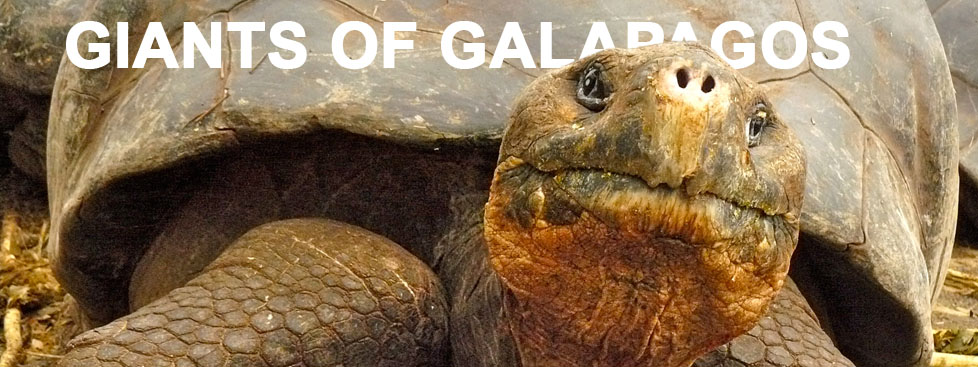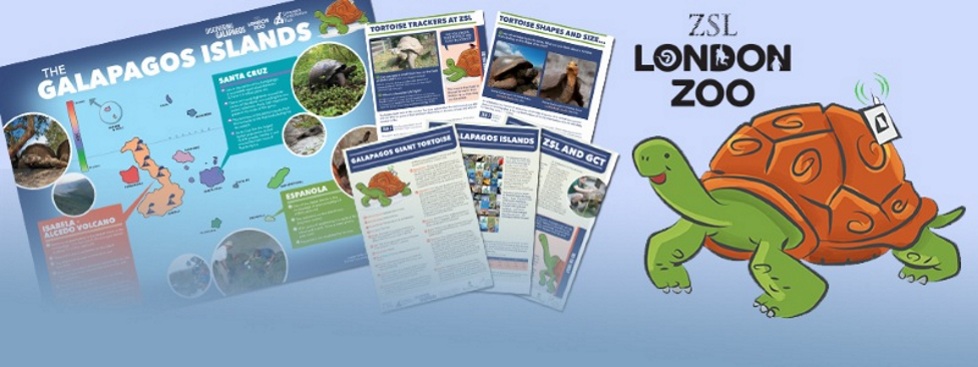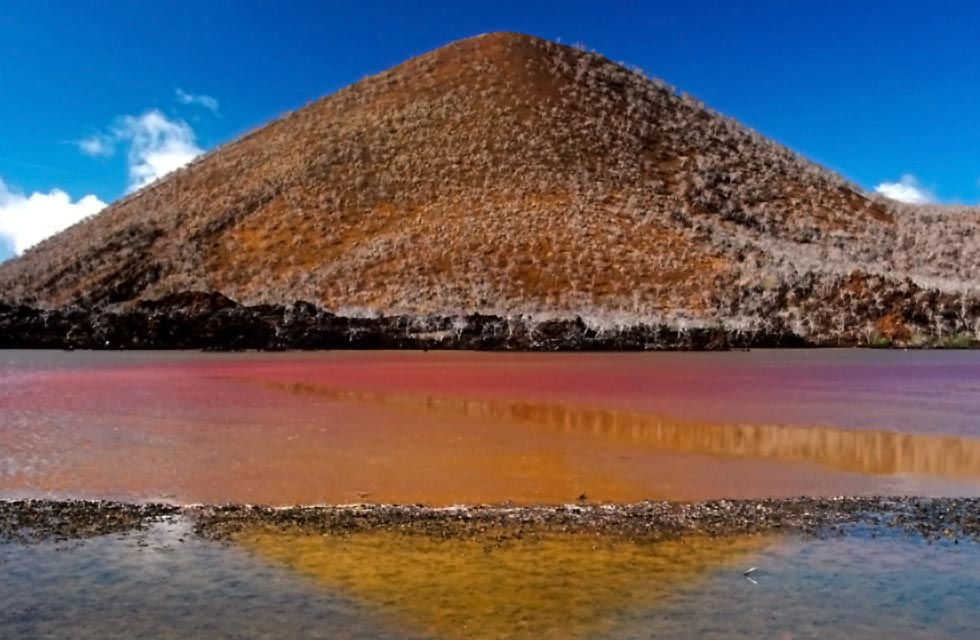How to use Discovering Galapagos
For students…
This website is designed to support your studies, particularly in geography and science using interesting examples and case studies from Galapagos. As well as learning more about the Islands via the ‘Discover’ menu on the top bar, be sure to check out the interactive quizzes and games in the ‘Interactive Galapagos’ section to complement your discovery. Get involved further by exploring our ‘Connect’ zone where you can share your work and ideas as well as asking real scientists questions about life in conservation.
For teachers…
We believe that today’s school students are tomorrow’s conservation ambassadors and the future stewards of our planet. By deepening their understanding of the natural world and the conservation challenges that we face in the future, we hope to inspire and engage students in the sustainable development of Galapagos and the wider world.
We are aiming to give teachers access to current conservation projects in Galapagos providing a new way for classes to engage with environmental issues. Each chapter of Discovering Galapagos has suggested teaching activities that you can reach via the ‘Teacher Zone’ menu in the main navigation bar or via the ‘For Teachers’ side bar. These are coded with curriculum link icons to make it as easy as possible for busy primary and secondary school teachers to use.
Discovering Galapagos can be used for one off lessons or as an entire term of cross-curricular activities for Key Stage 2 & 3. The website may be used linearly, working through chapters one by one or can be self-guided, empowering students to guide their own discovery.
We also offer a tangible, interactive connection with schools in Galapagos and Ecuador via our ‘Connect’ menu where you can share your classwork, join in with competitions, get in touch with Ecuadorian schools or take part in Q&As with scientists.
For the casual traveller…
Although especially adapted for an academic audience, the Discovering Galapagos website has been designed in a way that should be interesting and informative for those with an interest in Galapagos, conservation projects and the issues the Islands face. Feel free to explore the website and let us know what you think!

